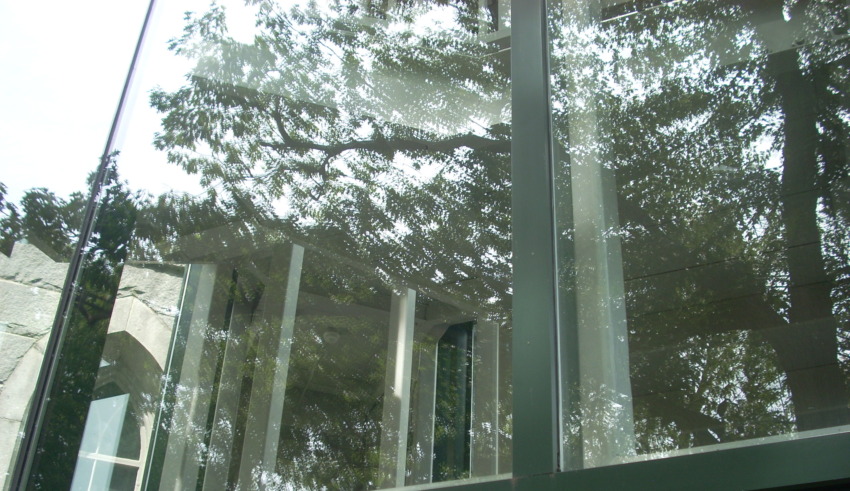
Along with personal identification, both vision and dissatisfaction must exist. Many years ago, pioneering Organization Development practitioners and scholars in the Formula for Change model observed the change could not occur without these forces[1]. In addition, they observed the force of resistance, or what Bob Kegan and Lisa Lahey might refer to as the “Big Assumption,” to which we anchor and that has power over us until we are able to understand it, and thereby develop[2]. In other words, the coach and client work to reduce suffering and to increase congruency, resulting in the unleashing of many positive attributes.
Capitalizing
In her groundbreaking article, Darya Funches identified three gifts of Organization Development practitioners: heart, discernment, and presence[3]. These gifts are relevant and inspire authentic leadership coaching engagements. The coach brings heart and hope to the client’s situation and works with the client to envision possibility to probability. In discernment, the coach and client work to distinguish important from unimportant. When we are present, we bring our best to the situation. Heightened self-awareness and the effective use of self-promote presence.
Dependent on the needs presented by the situation, the coach will engage the client and its stakeholders to understand and promote change. As the client goes through a series of discussions and activities, they will practice and try new behaviors to align attitudes, behaviors, and ways of thinking, establishing a mindset that can reliably learn and grow.
The active work in this process is effective to the extent that it is not transactional. The skilled coach works with the executive to identify and to mine glide paths to improvement. The burden doesn’t make it better, and if the catalyzing stage is held to its intent, a rhythm for results in a psychologically safe relationship is required. The client and coach work to capitalize on strengths that support effective behavioral change.
Conditioning
Conditioning establishes and advances the process of the executive stepping more fully into their capabilities and capacities. The work of earlier stages is cumulative and includes recognizing choice for healthy development and effective leadership. The days of command-and-control administration are long gone if they ever existed. We are now moving into the COVID endemic world, where authentic leaders and their organizations prosper because of executive ability to form community and engage with many. Depending on the success of the work, the client executive can foster newly gained insights to the benefit of others.
Download Article













